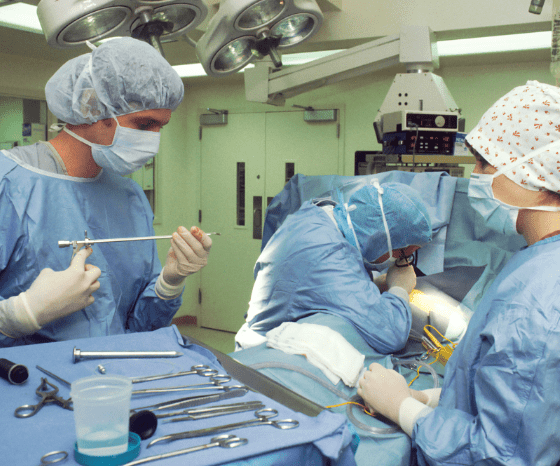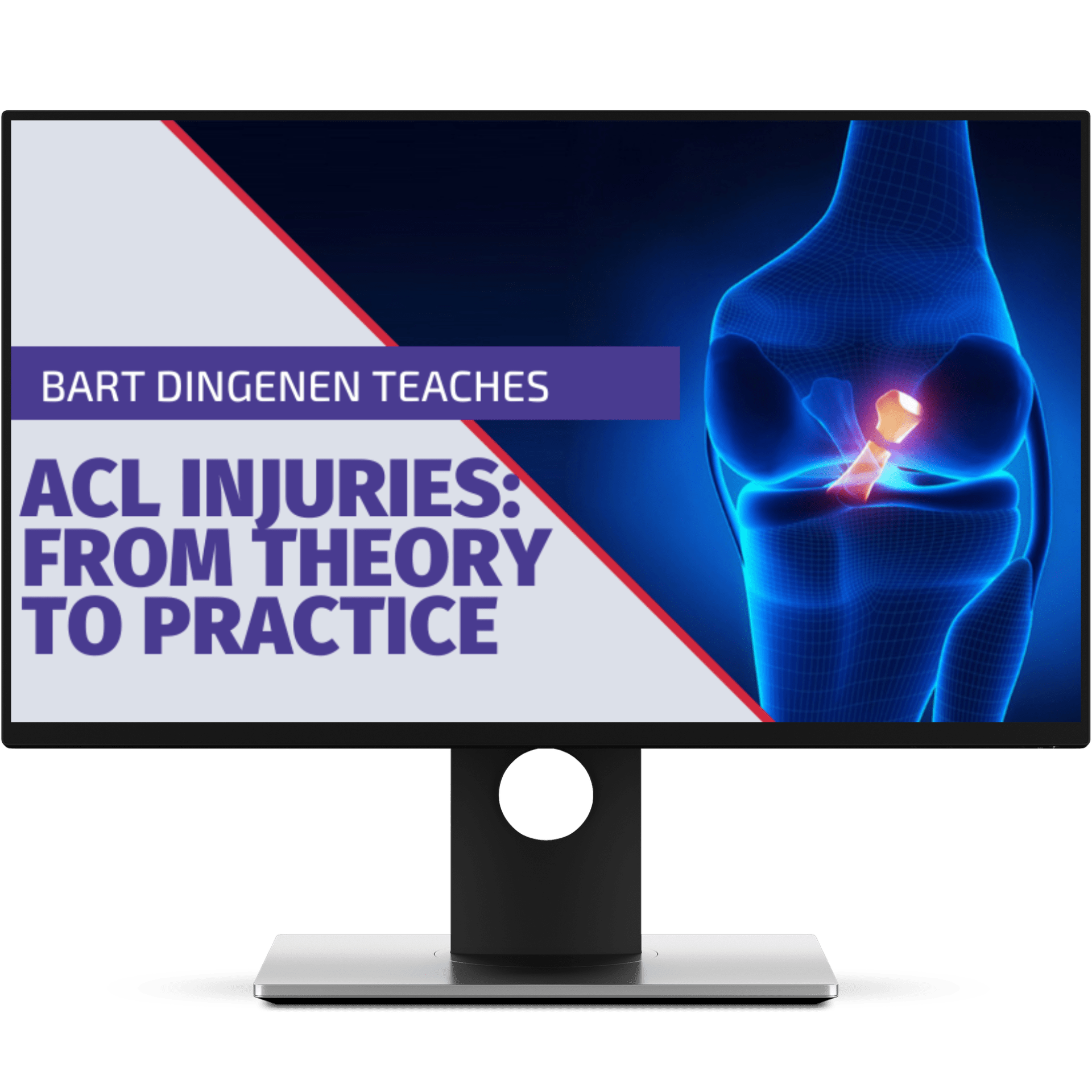Total Knee Replacement Rehab Guidelines

We encounter a lot of total knee replacements in practice. It’s crucial to know the most recent guidelines.
Jette et al published a new practice guideline in 2020. This blogpost will go over the moderate and strong postoperative recommendations based on the current evidence.
More of a listener/watcher than a reader? Make sure to watch this synopsis video on the topic.
Top Recommendations
Are you more of a listener than a reader? You can watch the synopsis video over here.
The first recommendation is about ice. Ice is recommended for pain management and physical therapists are encouraged to educate patients on its use.
The second recommendation states that physical therapists should incorporate motor control training. Examples are balance, walking, and movement symmetry exercises. This will enhance balance, walking function, and improve activities and participation in everyday life.
The third one might surprise some people, but neuromuscular electrical stimulation (NMES) is recommended to improve several factors including quadriceps strength.
Everything about ACL-rehab in one place
This first-of-its-kind online course offers an incredible continuing education opportunity for clinicians who manage patients with ACL injuries.

The fourth statement instructs physical therapists to design, implement, teach, and progress patients who have undergone a total knee replacement in high-intensity strength training as early as 7 days post-op to improve function, strength, and ROM. Progression should be based on avoiding excessive swelling, pain, or prolonged soreness following the intervention.
The authors endorse consideration of several factors that could influence prognosis. Negative factors are a high BMI, depression, and comorbidities. Interestingly, diabetes did not influence outcomes.
Finally, we as physical therapists should be quick to start treating these patients. The current literature provides a solid reason to start 24 hours post-op to reduce pain, increase function, and decrease hospital stay.
Reference
Open access paper: https://pubmed.ncbi.nlm.nih.gov/32542403/

Max van der Velden
Research Manager
NEW BLOG ARTICLES IN YOUR INBOX
Subscribe now and receive a notification once the latest blog article is published.







